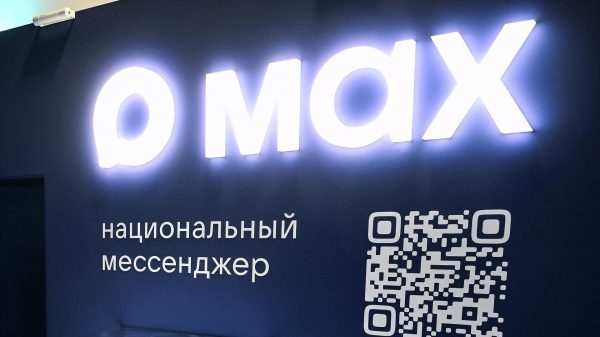The exchange rate of the yuan, after a year-long break, closed below 12 rubles/CNY. During the day, the Chinese currency lost almost 1.7%, which was the strongest decline since the beginning of the year. At the same time, trading volumes fell sharply. The situation is explained by low demand for currencies from importers amid uncertainty with payments due to new sanctions. In addition, retail investors who previously preferred toxic currencies have switched to futures rather than the yuan.
New week investors We started by playing to increase the ruble: on June 17, the yuan exchange rate on the Moscow Exchange dropped below 12 rubles/CNY. During trading, it reached 11.94 rubles/$, which is 21 kopecks. less than Friday's closing values.
The rate dropped lower at the beginning of the main trading on Thursday, when, against the backdrop of active currency sales by large market participants, it reached 11.84 rubles/CNY, but ended the day at 12.22 rubles/CNY. This time, it ended the day at RUB 11.95/CNY, its lowest closing value since June 29, 2023, losing 1.64%.
The yuan exchange rate has not fallen so much in one day since January 9, when on the first full trading day it fell by 1.71%, to 12.46 rubles/CNY.
The Russian currency strengthened amid low investor activity. According to the Moscow Exchange, the volume of yuan trading in the “tomorrow” delivery mode amounted to only 78 billion rubles, which is almost 40% lower than the previous day and 58% lower than Thursday’s value.
Lower trading volumes were observed this year only on holidays or between holidays (in Russia or China). Without taking them into account, the average daily volume was RUB 135 billion. The decrease occurred against the backdrop of an increase in the volume of daily sales of Chinese currency by the Bank of Russia within the framework of the fiscal rule. Last week, sales increased from RUB 6.3 billion. up to 8.1 billion rubles.
The limiting factor for the growth of yuan turnover is problems with payments with friendly countries due to new restrictions.
Last week, the United States and Great Britain imposed sanctions against the Moscow Exchange group (including the National Clearing Center and the National Settlement Depository; see Kommersant on June 13 and 14), which made further trading of dollars and euros on the exchange impossible.
“Due to the new sanctions, additional difficulties could arise with payments with friendly countries. Therefore, the demand for foreign currency for the purchase of imports could have decreased,” says Sovcombank chief analyst Mikhail Vasiliev. Due to the imbalance of supply and demand, notes the head of the analytical department of Zenit Bank, Vladimir Evstifeev, the ruble manages to strengthen its position.
Despite the cessation of trading in the dollar and euro, not all private investors who traded them switched to the yuan and the currencies of other friendly countries.
According to Mikhail Vasiliev, some could switch to non-deliverable futures for the same dollar and euro. “Interest in the yuan on the part of individuals is limited, since it is less perceived by market participants as a means of savings and investment,” explains Vladimir Evstifeev. In addition, the volume of transactions of individuals in the foreign exchange market is significantly less than export-import transactions. According to the Moscow Exchange, over the past six months their share in the foreign exchange market has decreased by 7 percentage points, to 11%.
As long as problems with payments persist (primarily for imports) and uncertainty remains in the foreign exchange market, the strengthening of the ruble may continue. According to Mikhail Vasiliev, in June the yuan exchange rate may drop to 11.5 rubles/CNY. “The strengthening of the ruble may accelerate at the end of the month as the peak of tax payments approaches on June 28, when exporters will be more active in selling foreign currency earnings,” clarifies Mr. Vasiliev.
As new payment schemes are established and Elimination of problems with imports, as well as the flow of activity of private investors into the Chinese currency, pressure on its exchange rate will decrease, and liquidity will increase. The choice of speculators “in favor of the yuan instead of the dollar and the euro” is inevitable, says Natalia Pyryeva, an analyst at the investment company Digital Broker, especially since the exchange rate of the Chinese currency is tied to a basket of currencies, in which the main weight is occupied by the US dollar and the euro.


























































Свежие комментарии